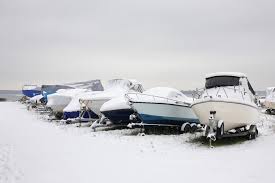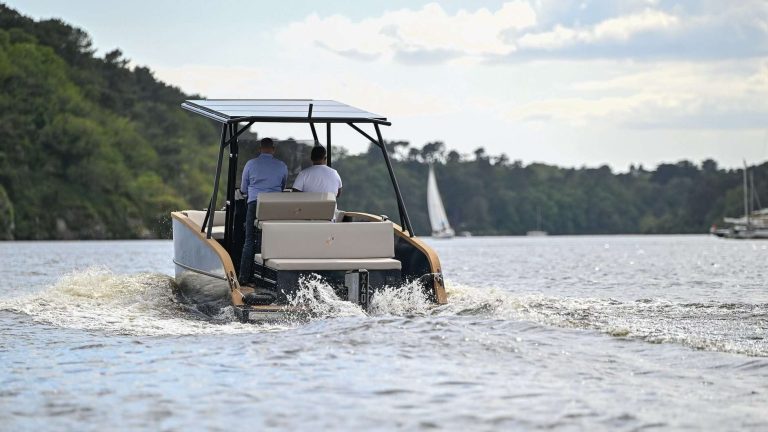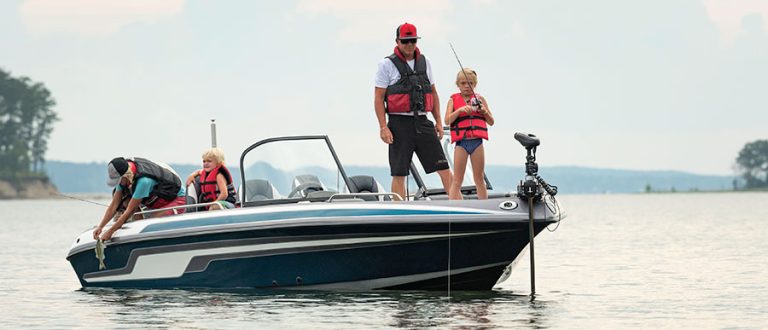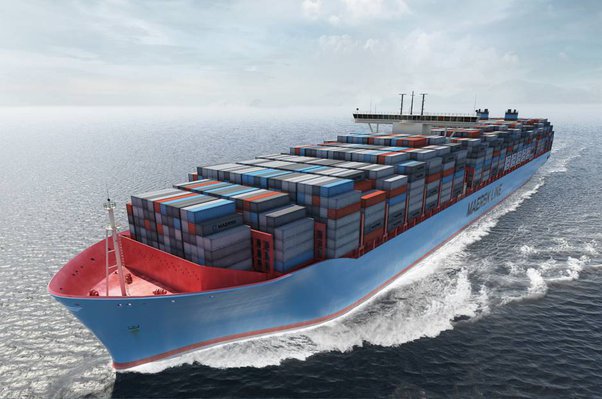Introduction
Winterize a boat to protect it from the elements and keep it in good condition for the next season. Winterizing properly will save you more than it will cost you in the long run; by avoiding the need for expensive repairs and by prolonging engine life. The following is a guide on how winterize your boat the right way.
Preparing the Boat
Clean Thoroughly
Start with a good cleaning of the boat. Clean any rime, dirt or salt residue off the hull and deck. A boat that is clean is less prone to be corroded or grow mildew in the winter. And don’t forget to clean out the inside as well sift through the interior and take out any personal items, electronics and perishables.
Inspect for Damage
Pay attention to obvious damage during a thorough inspection. Look for chinks, leaks or wear and tear that could turn into bigger problems over the winter. It is better to address any of these problems now before they become worse and make sure the boat is ready for an easy launch in the spring.
Engine and Fuel System
Change the Oil
Change the oil and and install an oil filter. Dirty oil can include impurities which can lead to rust. New oil keeps the engine parts clean, providing years of life and wear without the buildup of deposits.
Stabilize the Fuel
After filling with fuel use a fuel stabiliser in the tank and run engine for couple of minutes to get the stabiliser into the whole system. This keeps the fuel from breaking down and becoming varnish or deposits that may clog the engine.
Flush the Engine
Run fresh water through the engine to get rid of salt and grime. This step is essential to avoid rust and keep the engine running. For best results use a flushing kit or the manufacturers recommended procedure.
Plumbing and Water Systems
Drain Water Systems
Drain and remove all water from water systems This will include the freshwater tanks, pipes, and the water heater. Freezing and bursting of pipes may occur. You can protect those parts by using nontoxic antifreeze formulated for marine applications.
Protect the Head
Pump out the holding tank and add anti-freeze to the head and holding tank. This is to keep water from icing and damaging it. Refer to the manufacturer’s instructions for the proper type and quantity of antifreeze.
Electrical Systems
Disconnect Batteries
Remove the batteries from the radio and keep them in a cool, dry location. Be sure they are charged prior to storage to avoid freezing and maximize their life. Periodically monitor the charge during the winter months to maintain them in peak shape.
Check Electrical Components
Examine all electrical equipments such as lights and navigational apparatus for any signs of wear or damage. Fix or replace damaged components so that everything works right when the season starts.
Exterior Protection
Wax the Hull
Wash the hull with waxing soap; then, wax it with a good marine wax to provide moisture and UV protection. With a coat of wax and that’s good to protect the surface all winter.
Cover the Boat
Do not hold back on a good boat cover to protect it from the elements. A decent cover will shield your car from snow, ice and debris, saving it from potential harm. Packing your box this full will also exceed the duvet cover’s capacity, but when that gusty winter wind hits, you’ll be glad you did.
Interior Care
Ventilation
To protect from mildew and mold, allow adequate ventilation. Use some moisture absorbers or dehumidifies to keep the boat dry from the inside. The right air circulation is crucial in keeping fabrics, wood, and any other material free from moisture.
Secure Loose Items
Tie down loose items and gear in your boat. They are also secure so that they don’t move around or get damaged during storms or heavy winds. It may be worth emptying any valuables, or particularly sensitive stock to a secure, dry area.
Final Checks
Review Manufacturer’s Guidelines
Refer to the boat owner’s manual and adhere to any model-specific winterization recommendations from the manufacturer. Following these instructions ensures all parts are adequately protected.
Schedule Regular Inspections
Continue checking the boat periodically in the winter to see that it is in good condition. Inspect the cover, make sure there is no damage and when necessary take action.
Conclusion
Winterizing your boat is a necessary measure to safeguard your investment from harm and, as a result, make certain it’s ready for the following season. These simple steps will keep boat owners’ investment protected with peace of mind all winter long. Whether you are an experienced re-enactor looking for a sturdy craft for scripted weekend journeys or a novice looking to improve the G2K in yourself, you’ll find this is a very easy boat to live with. Select preparation and standard maintenance (see Specifications list) to ensure your boat’s long, healthy career of thrilling adventures.






